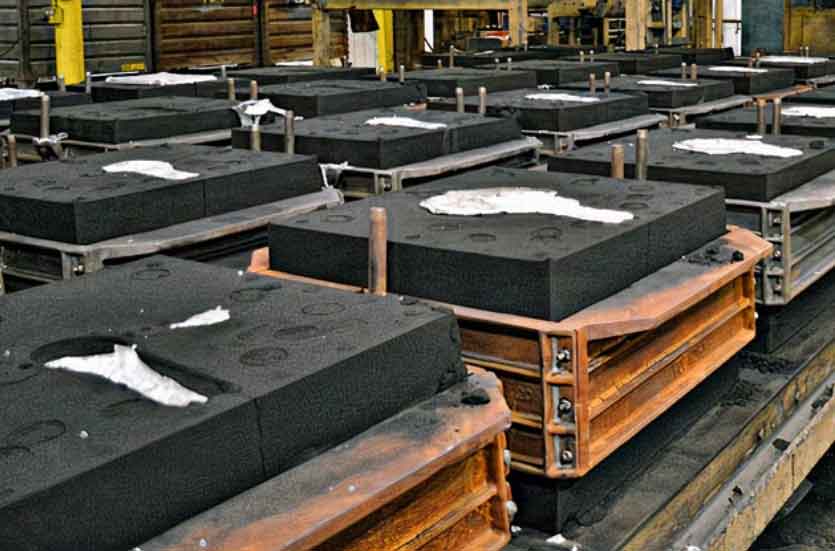
Resin sand casting is a casting process that involves creating molds from a mixture of resin and sand to produce high-quality metal parts. In this discussion, we will delve deeper into the secrets of resin sand casting, exploring the various aspects of the process from molds to the final metal parts.
1. Mold Preparation: The first step in resin sand casting is mold preparation. A flask, typically made of metal, is used to create the mold. The flask is divided into two halves: the cope (top) and the drag (bottom). The pattern, which is a replica of the desired metal part, is placed in the drag. A release agent is applied to the pattern to prevent the resin sand mixture from sticking.
2. Resin Sand Mixture: The next secret lies in the resin sand mixture. This mixture is created by combining silica sand, which provides the bulk of the mold material, with a synthetic resin binder. The resin can be a thermosetting resin such as phenolic or furan, or a thermoplastic resin such as polyurethane. The resin acts as a bonding agent that holds the sand particles together.
3. Mold Assembly: Once the resin sand mixture is ready, the cope and drag are brought together, sandwiching the pattern between them. The two halves are securely clamped to maintain the shape of the mold. The mold assembly ensures that the resin sand mixture properly encloses the pattern, creating a cavity that will later be filled with molten metal.
4. Curing: The curing process is a crucial step in resin sand casting. After the mold assembly, a curing agent or catalyst is added to initiate the hardening of the resin. This chemical reaction leads to the formation of a rigid mold. The curing time depends on the specific resin used, and it is essential to ensure complete curing to achieve a strong and durable mold.
5. Pattern Removal: Once the resin has cured, the pattern is removed from the mold. This leaves behind a cavity in the shape of the pattern, ready to receive the molten metal. The pattern removal can be done by hand or through mechanical methods, depending on the complexity of the pattern and the mold design.
6. Casting: With the mold prepared, it is now time for casting. Molten metal, such as aluminum, iron, or bronze, is poured into the mold cavity. The metal fills the cavity, taking the shape of the pattern. It is important to ensure that the metal is poured at the right temperature and with proper gating and risering systems to achieve sound castings.
7. Cooling and Solidification: After the metal has been poured, it cools and solidifies within the mold. This allows the metal to take on the desired shape and form. The cooling time depends on the metal being cast and its size. It is essential to control the cooling process to prevent defects such as shrinkage or porosity.
8. Mold Breakout and Finishing: Once the metal has solidified, the mold is broken apart to reveal the cast metal part. This is typically done through mechanical methods or by using vibrating equipment. The cast part is then cleaned, removing any residual sand or mold material. Excess material, such as gating and risering systems, is removed, and the part may undergo additional post-processing operations such as machining, heat treatment, or surface finishing to achieve the desired final product.
By mastering the secrets of resin sand casting, manufacturers can create high-quality metal parts with precision, durability, and intricate details. This versatile casting process finds applications in various industries, allowing the production of complex components that meet stringent quality standards.
